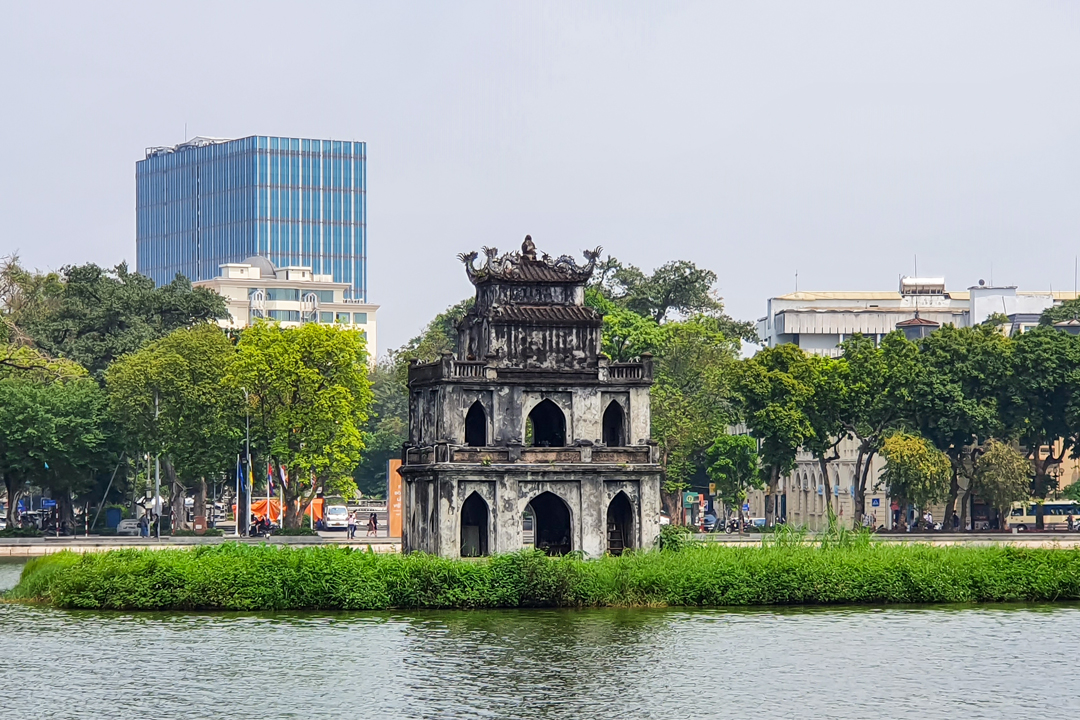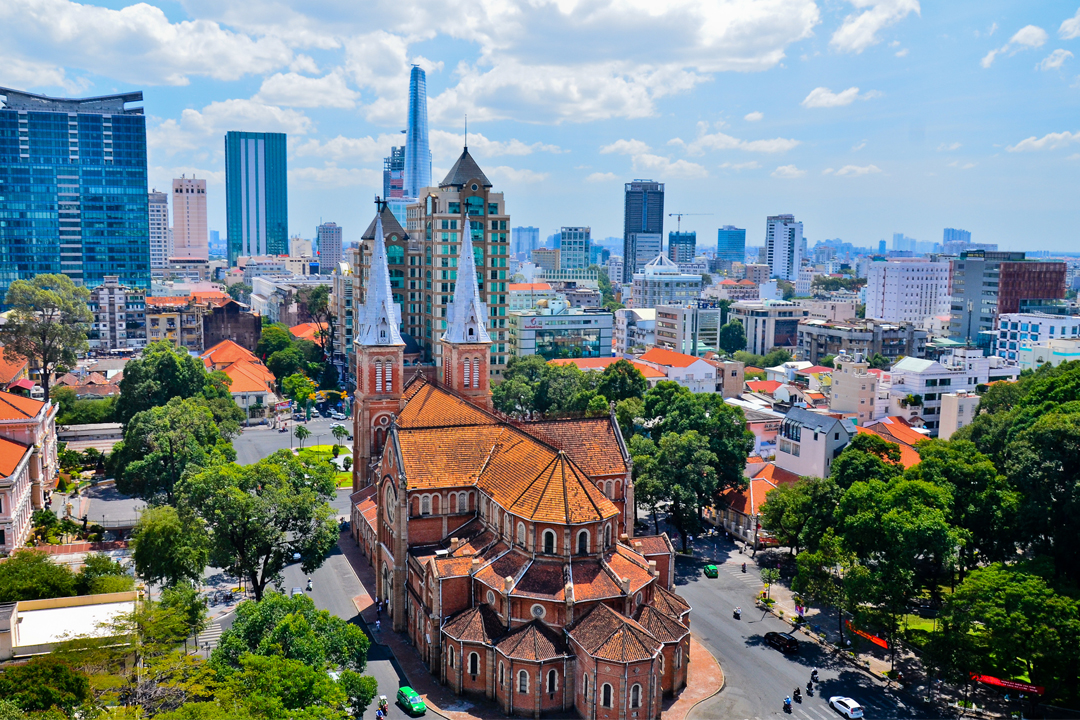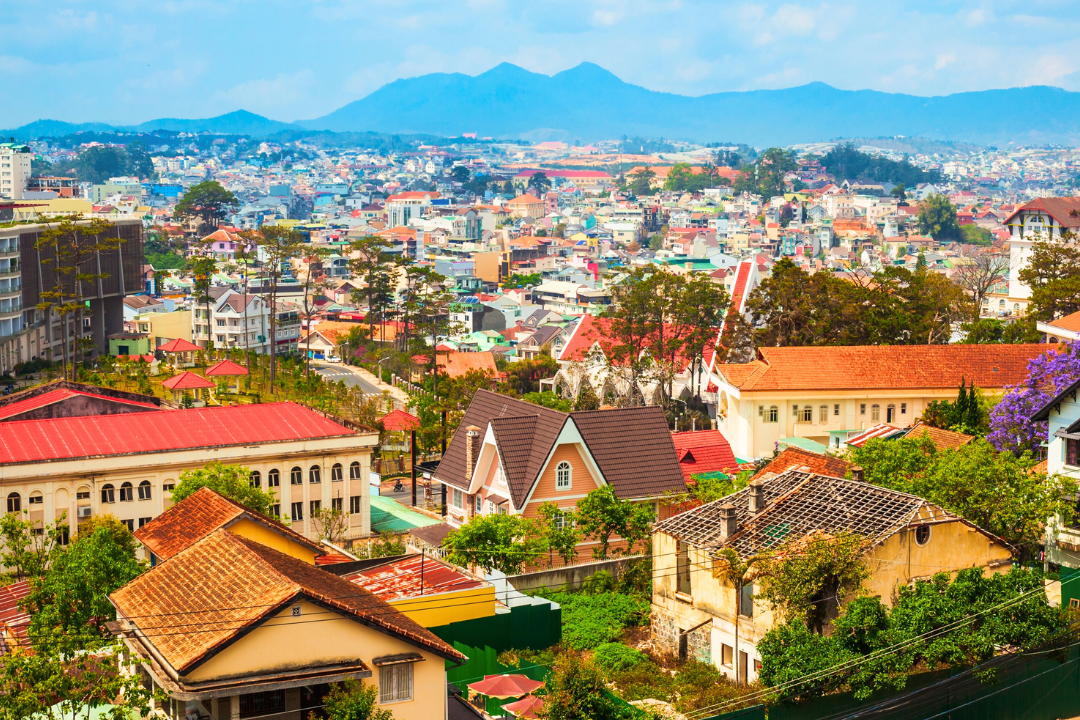Jan - 13 - 2025
The Am Hon Pavilion Ceremony stands as a profound expression of Hue's ancestral worship traditions and spiritual identity. As one of the most meaningful cultural rituals in Vietnam, this ceremony weaves together historical depth, spiritual symbolism, and heartfelt communal practices. Visitors to Hue can delve into its historical origins, which trace the ceremony’s evolution through centuries of change, reflecting the city's enduring cultural values.
Through its intricate rituals and practices, participants honor their ancestors with traditional offerings, prayers, and chants steeped in Buddhist customs. These rituals not only preserve the essence of Vietnamese spiritual ceremonies but also offer unique insights into the symbolic meanings behind the event.
This article of GTrip will guide you on the best time and place to witness the ceremony, with practical advice on attending the event at the Am Hon Pavilion. Discover the artifacts and offerings displayed, learn how they are prepared, and understand their cultural significance.
Am Hon Pavilion Ceremony's Overview
The Am Hon Pavilion Ceremony commemorates the martyrs and compatriots who died in the event of the fall of the ancient capital of Hue on May 23 of the lunar calendar in 1885.
Day of Hue remembers victims of 1885’s citadel falling incident
The Am Hon Pavilion Ceremony is a significant ritual that honors the martyrs and compatriots who died in the fall of the ancient capital of Hue on May 23 of the lunar calendar in 1885. Every year, on this solemn date, the people of Hue come together to remember the victims of this tragic event. The ceremony is held at the Am Hon Pavilion, located at 73 Ong Ich Khiem Street, Thuan Hoa Ward, Hue, which was established by King Thanh Thai in 1894.
Originally celebrated by the Nguyen Dynasty as a national holiday, the Am Hon Pavilion Ceremony marks a powerful moment in Vietnamese history. The annual sacrifice was a formal state event for decades, but after 1945, it ceased to exist, although the people of Hue continued to honor the tradition with a modest offering table. In 2013, the Am Hon Pavilion was designated as a historical relic by the Thua Thien Hue Province, and in 2018, the full ceremony was revived, once again following the rituals and customs of the Nguyen Dynasty.

Am Hon Pavilion was built in 1894
Today, the Am Hon Pavilion Ceremony is solemnly organized by the Hue Ancient Capital Conservation Center according to the royal rites recorded on Chau Ban during the reign of King Duy Tan on the 23rd day of the 5th lunar month every year.
Sacrificial articles and rituals
During the ceremony, a number of sacrificial articles are offered, including pigs, goats, buffaloes, sticky rice, tea, and even military vests, symbolizing respect for the souls of the departed. Rituals such as the quan tay ceremony (hand washing), the thuong huong ceremony (incense offering), and the hien tuoc ceremony (wine offering) take place, creating an atmosphere of reverence. The ceremony's rituals have been carefully restored to reflect the royal customs recorded during the reign of King Duy Tan.
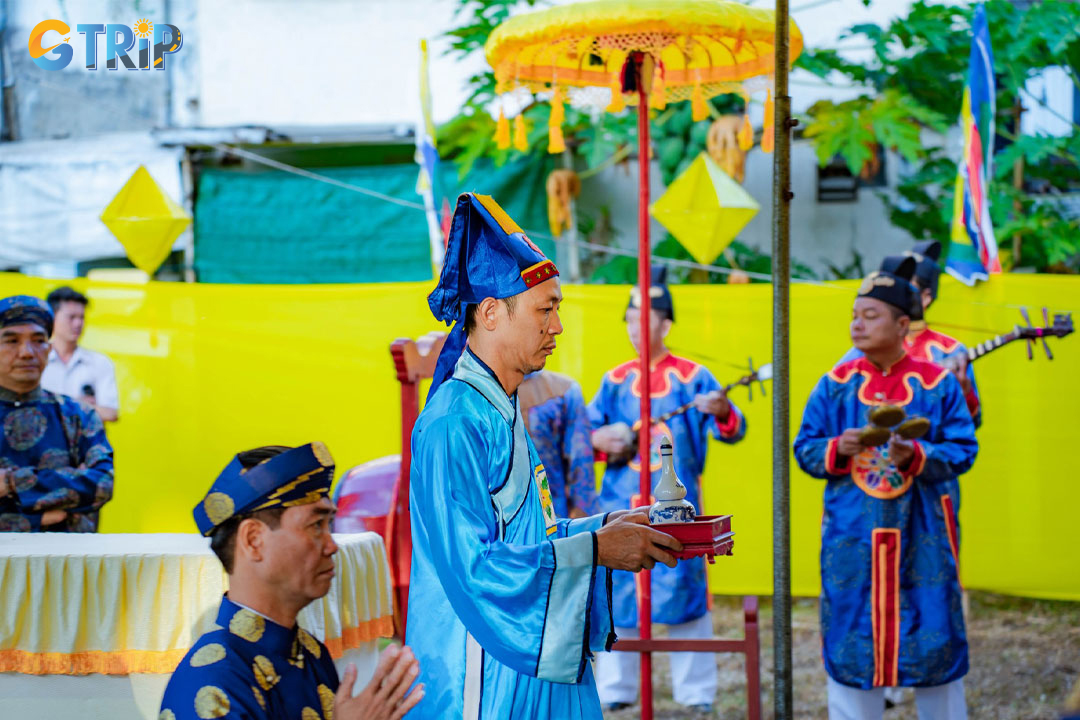
Am Hon Pavilion Ceremony was restored according to the court's rites
The Am Hon Pavilion Ceremony not only reflects the rich spiritual practices of Hue but also serves as a living testament to the cultural heritage of the Nguyen Dynasty. For those visiting Hue, this ceremony offers a profound opportunity to witness the spiritual connection between the people and their past. As we dive deeper into the historical background of this ceremony, we will explore its origins, its evolution over time, and its cultural significance in modern Hue.
Hue people commemorate the tragic event
Apart from the Am Hon pavilion created by the Nguyen court, at the intersection of Mai Thuc Loan - Le Thanh Ton streets in Hue's inner city, there is also the Am Hon shrine, which was founded by the people a long time ago. Every year on this day, residents in the vicinity gather to give sacrifices, burn incense, and light lamps in memory of thousands of troops and countrymen who died in the event of the fall of the capital.
People outside the city, at Dong Ba market, Gia Hoi Street, the south bank of the Perfume River, and it appears that every street and town in Thua Thien Hue Province set up sacrifices on the last days of the fifth lunar month.
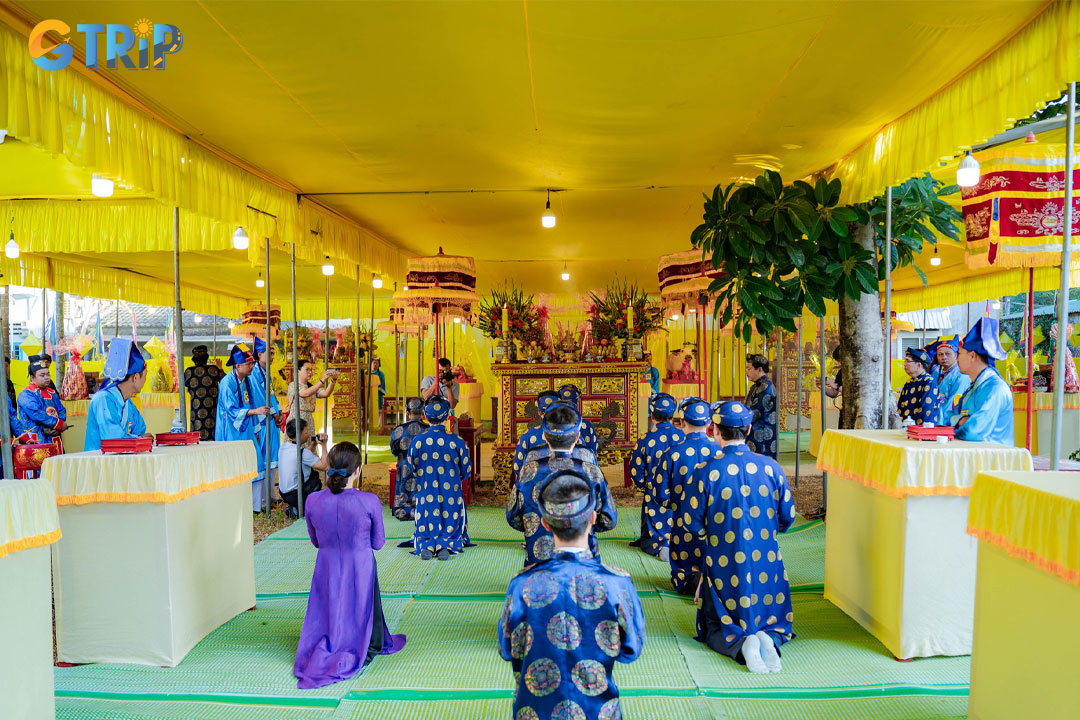
The Am Hon shrine is likewise located at the junction of Mai Thuc Loan and Le Thanh Ton streets
The main day of the ceremony is the 23rd day of the fifth lunar month. But it also depends on each family that the event is held from May 23 to May 30. People often set up a theater or set up an outdoor worship table. The worshiping ceremony must have at least tea, porridge, rice, salt, fruits, incense, incense, tea, gold and silver banknotes, explosive beads, military uniforms, five-color paper, betel nut, and alcohol.
In particular, the offering on this anniversary must always have a plate of squeezed rice (rice balls) for people to carry when run amok, a very large pot of green tea because people were very thirsty that summer, and a fire pit to warm up wraiths because that year many people buried in rivers, lakes, and moats surrounding the citadel.

The event serves as a reminder of a lesson in Vietnam's past
The Am Hon Pavilion Ceremony is a profound and meaningful event that connects the people of Hue to their rich cultural heritage. By honoring the martyrs and compatriots who sacrificed their lives in the fall of the ancient capital, the ceremony upholds important Vietnamese traditions such as ancestral worship and Vietnamese spiritual ceremonies. Through this ritual, Hue continues to preserve its deep-rooted history and vibrant spiritual practices.
Visitors traveling to Vietnam can obtain a better grasp of the country's history and culture by attending events such as the Am Hon Pavilion Ceremony. As a result, the Am Hon Pavilion Ceremony is a must-see for anybody interested in learning about Vietnam's traditional history.
If you want to dive deeper into Hue’s historical events and spiritual traditions, consider joining a guided Hue tour offered by GTrip - Vietnam Travel Agency. Explore Hue’s sacred sites and immerse yourself in its unique cultural landscape.

